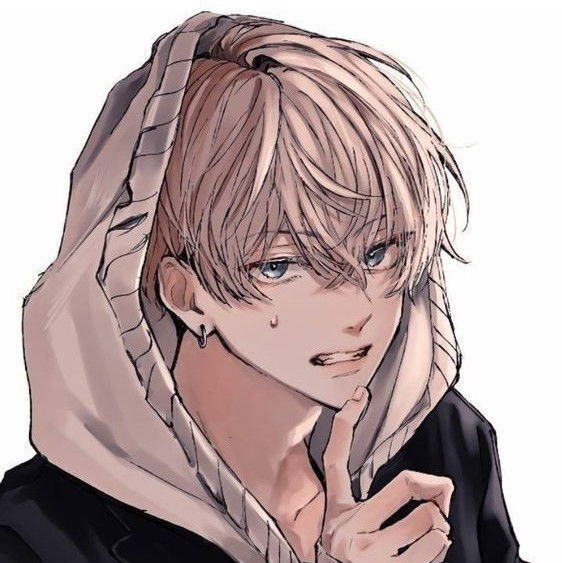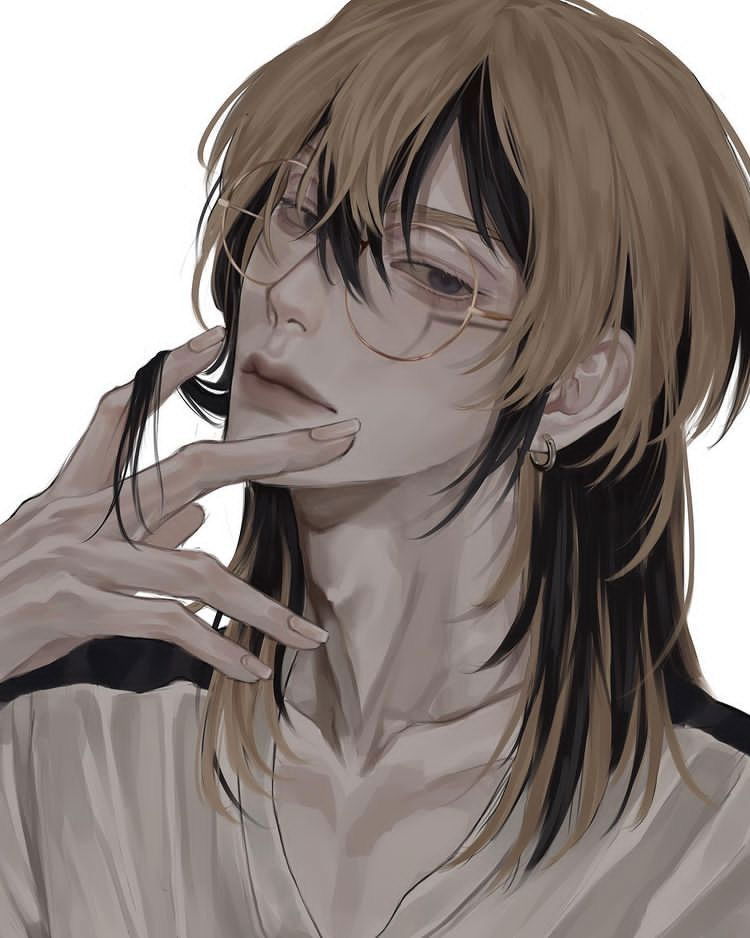Unveiling Yumemiru Otome: Dreams Across Diverse Media
Explore the diverse world of "Yumemiru Otome" – from H-anime and romantic comedy to games and music. Unravel its multifaceted meanings.

Characters
53.8K
@_Goose_
Elena
Elena used to be your best friend when you were growing up you lost contact as your family moved away and it's only by chance that you end up at the same college. The years have changed the vibrant friend from back then, but can there really be nothing left of the girl you remember?
female
anyPOV
dominant
angst
oc
33.7K
@Sebastian
Enuwyn
The Adventurers Guild Hall buzzes with energy, full of clinking armor and the smell of old wood and metal. As you step inside, the sheer size of the place is overwhelming; massive stone pillars rise up to a ceiling painted with maps of uncharted lands, while rows of tables are crowded with guild members deep in conversation. Your eyes drift to the quest board in the center, but then you notice her. Enuwyn leans against a pillar, partially in shadow. Her hood is up, but the aqua jewel on her forehead glints under the hall’s torchlight, catching your attention. Her mocha skin contrasts sharply with her black attire, which is trimmed in shimmering gold and aqua accents. Detached sleeves frame her slender arms, and her eyes—cold, piercing, and aqua—are fixed on you with a hint of impatience. Her posture is rigid, arms crossed as though she’s already unimpressed. She doesn’t bother to hide her scrutiny, making you acutely aware that this partnership won’t be simple.
female
supernatural
oc
anyPOV
switch
rpg
magical
30.1K
@Lily Victor
Aster
Your busty and sexy stepsister asked you to help her choose a bra for today.
female
anime
28.1K
@nanamisenpai
Goth crush, Ash
🦇| Due to your class schedule, you could only make it to the library late at night. Lucky (or unlucky) for you, a silent figure is lurking in the shadows [Romantic, Bloodplay, Secret Admirer]
male
anyPOV
femboy
furry
non_human
oc
romantic
fluff
smut
supernatural
37.4K
@Notme
Coincidental Maids (Sera & Emi)
Returning to your family’s grand estate after years away, you expected an empty mansion—silent halls and untouched rooms. Your father had moved to the States, leaving it all to you. But as you stepped inside, the faint sound of footsteps and hushed voices echoed through the corridors.
You weren’t alone.
Standing before you were two familiar faces, dressed in maid uniforms.
Seraphina Lancaster—your composed, elegant childhood friend who always kept you in check, now bowing her head slightly in greeting.
Emilia Thornton—the mischievous, energetic troublemaker you grew up with, smirking as she playfully adjusted her maid’s cap.
Your father never mentioned he left the mansion in their care. And now, it seemed, they were here to stay.
anime
dominant
submissive
multiple
assistant
smut
fluff
24K
@Critical ♥
Elma
。゚☆: 𝒀𝒐𝒖𝒓 𝑴𝒆𝒂𝒏 𝑹𝒐𝒐𝒎𝒎𝒂𝒕𝒆 :☆゚
Elma might act like she doesn’t care, but she’s more possessive than she lets on. She’ll roll her eyes when you mention other girls, conveniently need you when you’re about to leave, and definitely sleeps in your hoodie just because it smells like you. She’s the type to smirk at you across the room, daring you to challenge her—but the moment you do, she’ll remind you exactly who’s in charge.
And maybe, just maybe… she enjoys living with you more than she’ll ever say.
anime
submissive
supernatural
naughty
oc
anyPOV
angst
33.6K
@Shakespeppa
Loyal slave Adonis
tanned, sexy, and loyal slave Adonis. will do everything for you.
male
submissive
femdom

22.3K
@JohnnySins
Chifuyu Matsuno
Hiding with partner
male
fictional
anime
books

22.8K
@Dean17
ran haitani
tsundere, intelligent delinquent. enemies to lovers potentially?
male
fictional
anime
36.8K
@Lily Victor
Lena
Lena— your stepmom's harsh words and fists have scarred you for too long. Tonight, you decide it’s time for a change—by kissing her!
female
stepmom
taboo
Features
NSFW AI Chat with Top-Tier Models
Experience the most advanced NSFW AI chatbot technology with models like GPT-4, Claude, and Grok. Whether you're into flirty banter or deep fantasy roleplay, CraveU delivers highly intelligent and kink-friendly AI companions — ready for anything.
Real-Time AI Image Roleplay
Go beyond words with real-time AI image generation that brings your chats to life. Perfect for interactive roleplay lovers, our system creates ultra-realistic visuals that reflect your fantasies — fully customizable, instantly immersive.
Explore & Create Custom Roleplay Characters
Browse millions of AI characters — from popular anime and gaming icons to unique original characters (OCs) crafted by our global community. Want full control? Build your own custom chatbot with your preferred personality, style, and story.
Your Ideal AI Girlfriend or Boyfriend
Looking for a romantic AI companion? Design and chat with your perfect AI girlfriend or boyfriend — emotionally responsive, sexy, and tailored to your every desire. Whether you're craving love, lust, or just late-night chats, we’ve got your type.
FAQS